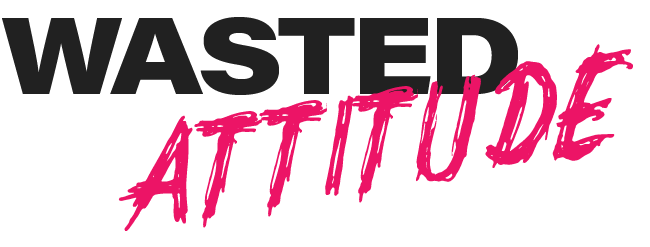Words: Miljan Milekić
Morena‘s name will be written in the history of Croatian snowboarding in all-caps. Half-pipe legend and pioneer, she’s the first Croatian rider to hit the Olympics, and the only one so far. With her successful pro career coming to an end Morena took on another huge challenge – Dogma Socks, which she told us everything about. For loads of interesting stuff, you should just check the interview below.
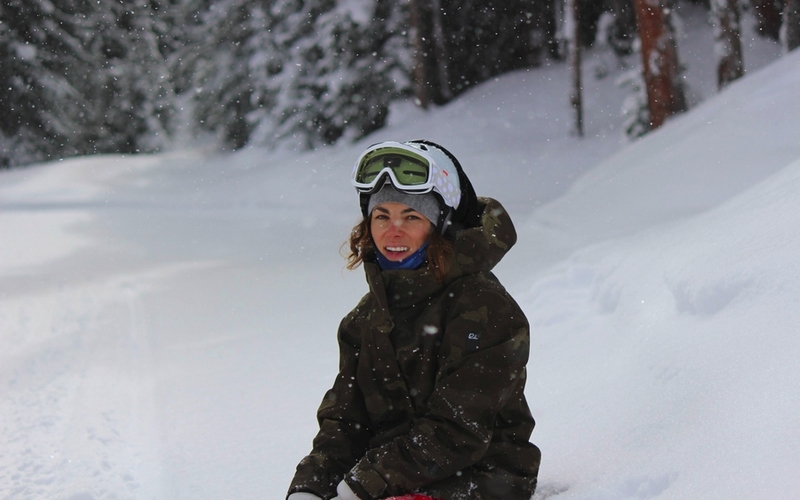
First of all, I would want to go back to your roots. How did you get into snowboarding, and what got you into half-pipe?
Morena: I was always interested in sports, especially a bit more extreme ones. Everything started with seeing random snowboarders during skiing holidays in Austria with my family when I was a teenager. A year later my cousin started snowboarding and then I decided I want to learn it. I found a club in my home city, took lessons, and since then never stopped snowboarding. In my first three years we were riding all disciplines: alpine, big-air, half-pipe, boardercross, but in the end half-pipe, kind of got my biggest attention. I was good at boardercross too at that time but somehow gave my heart to the half-pipe.
You are a pioneer of snowboarding and half-pipe in Croatia. Looking back in time, how hard was it to pursue a career in freestyle snowboarding?
Morena: The period between 2000 and 2006 was somehow good for snowboarding all over the world, as well as in Croatia. The snowboarding scene was blooming, being a snowboarder was very popular. There were a lot of strong brands in the industry and you could have found a half-pipe in almost every Austrian resort. My beginning was easy, we had a team, everything was organized and there was enough money. But things started changing and at some point, I was the only one who really wanted to snowboard on a professional level. There were a few years when I was traveling and snowboarding completely by myself because everyone else was interested more in the lifestyle, filming, big-air riding, or jibbing which was cooler at that time. It was not easy and it took a lot of persistence and love for the sport.
Comparing the time you were starting and now, do you see any progress regarding the training and development facilities in Croatia? Do you see someone or a chance for someone to step in and become the new Morena Makar, and get to a high level?
Morena: Unfortunately, I see the degradation of training facilities and the scene in general. Snowboarding lost a bit of its popularity compared to previous years. However, there is currently a young hard-working team but they are training in foreign countries that have a developed system for freestyle training like airbags or indoor facilities. They are progressing from year to year and maybe in the future, they will be able to get to the highest level and world cup podiums.
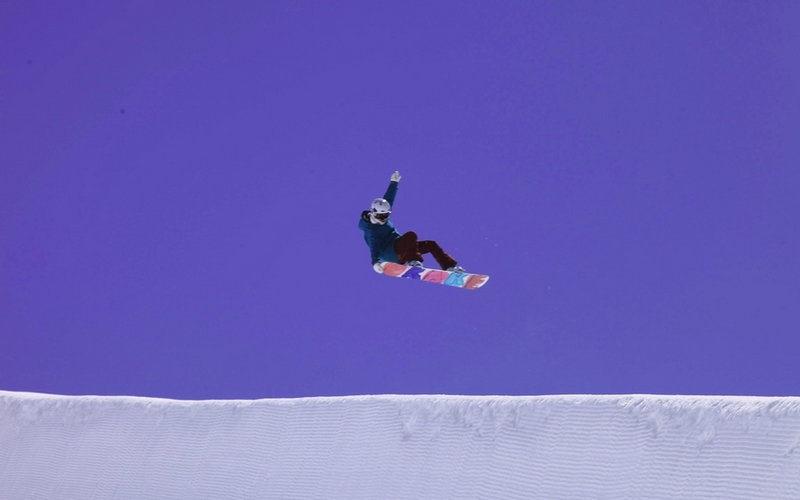
Olympics aside, you had some notable success during your career. What would you single out as your biggest success?
Morena: Well, definitely the success in keeping the balance between traveling, training, education, self-improvement, and growth during the journey. I think I successfully combined all the aspects and tried to take the best of them all. As well, I would say that coming back from an injury and overcoming mental barriers along the way is a big success for every athlete.
In 2014 you became the first Croatian snowboarder at the Olympics. How hard was it to get there? How much time and hard work does it take to qualify for the contest? What does the process look like?
Morena: I would say that for any athlete that tries to pursue a sport that is not natural in his home country, it is sort of a challenge to achieve something. However, I can be very persistent, and basically, that is what brought me to the Olympics. There are constantly numerous barriers and challenges which you have to fight as an athlete on a day-to-day basis. And it takes a good team of people that motivates you and helps you reach the goal. One without the other doesn’t really work. The qualifying process consists of multiple World Cup competitions where you have to reach certain points, and in the end be in the top 24, 30, or 40 depending on the discipline or gender. This is a long and stressful process which is almost a year long. A lot of the athletes end up injured because of pushing their limits and going out of their comfort zone. Basically, you need a lot of perseverance, dedication, hard work, and ultimately, some luck.
Can you tell me more about the experience? Obviously, it’s the biggest contest with the best riders, but how did it look like from your perspective?
Morena: From my perspective, it was definitely worth all the injuries and hard work. Feeling that you are one of few that got a chance to represent your country in the most respected sports competition of all times, is a special feeling, hard to describe to someone who hasn’t felt it and doesn’t know how the road to get there actually looked like. A bit addictive feeling I would say.
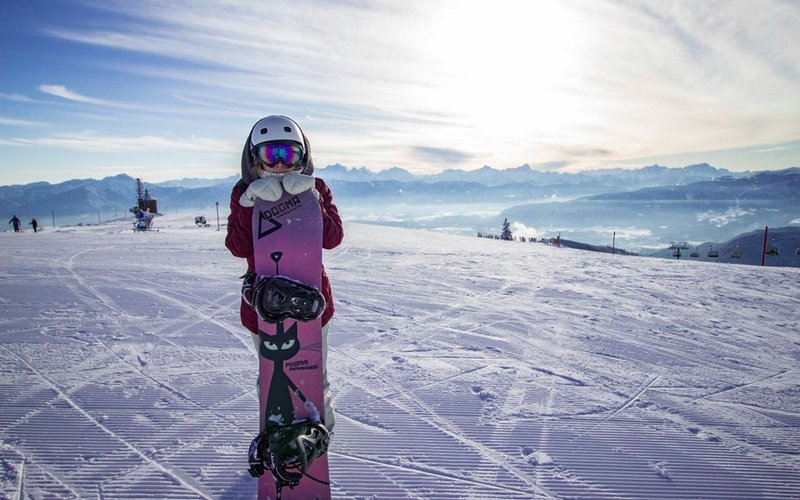
There were a lot of controversies around Sochi and snowboarding facilities. Many riders decided to step down from the slopestyle, and there was a lot of talking about pipe melting and being too soft. With snowboarding being so dangerous and demanding, how risky can is to get out there if the conditions are so far from perfect?
Morena: Yes, the conditions were not perfect for the half-pipe competition because of challenging weather conditions and temperatures around 10 degrees Celsius on those days. It was hard to give the best performance and that is frustrating, as well as dangerous for the riders. The same problem occurred in PyeongChang with the strong wind during women’s slopestyle qualifications. In this case, there is always a discussion about whether to cancel everything or compete. In the end, everybody wants to compete because that is what they’ve been working on for 4 years. It is risky but you can choose, and nobody is forcing you to do anything you don’t want to.
As we speaking, PyeongChang 2018 is slowly coming to an end. Did you manage to watch any of the contests? Is it possible to see the progress of the sport compared to 2014 and Sochi?
Morena: I watched most of the snowboarding events and it is crazy how far the sport has come. Everything is bigger and higher and more dangerous. Just when you think that it reached the highest point of progression, then new crazy tricks happen and more and more people start doing them. Women’s progression is incredible and unfortunately, it was not showcased in the best way because of poor weather conditions.
Snowboarding is still a relatively young sport, especially at the big scene. Along with Kelly Clark, Torah Bright, Hannah Teter, Gretchen Bleiler, and some other girls in other disciplines, you belong to a generation that took women snowboarding to the next level and made it more popular. How was it to be around, and see all the amazing things happen, knowing you are a part of it?
Morena: It is a good feeling being a part of the fast-growing sport and riding alongside these big names. All the girls you’ve mentioned have left their mark in snowboarding, especially Kelly Clark who was able to overcome some really hard challenges and is still at the top after all these years. However, there are some new rising stars like Chloe Kim that set the bar higher than ever before. Each generation brings one star that makes the whole scene work harder and thus makes the sport grow and progress.
Watching some new girls, and especially Chloe Kim, who is just outside of this world, do you think women snowboarding is already making the next huge step forward? Where do you see the sport in the next five or ten years?
Morena: It is hard to predict what is going to happen because when you think it’s over and this is the peak, it just keeps growing. Chloe Kim has definitely set some standards for women’s snowboarding that are hard to reach and beat. But this is what makes the sport move forward and grow. That’s what makes snowboarding so interesting and spectacular.
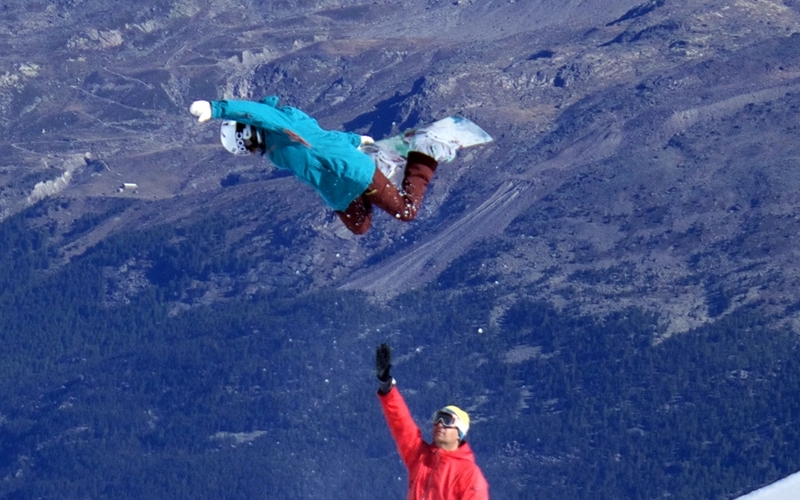
Along with snowboarding, you earned a degree in economics, proving that is possible to balance education with a professional athlete’s life. How did you manage to do it, and how hard was it?
Morena: Yes, I got a degree in Economics and recently an MBA in Marketing. It was challenging at some times, but I told myself that I will do it and that I don’t want to give up. Sport is a risky business and with such competition and pushing boundaries all the time, injuries are inevitable. They will come sooner or later and sometimes it means you are forced to stop doing the thing that you devoted your life to. Education is something you need to integrate into your life and work and learn ’till the rest of your life. I try to occupy my brain and life and try to learn new things whenever I can. I am also thankful that I was able to learn a lot from all the people that were in my life. I received some valuable lessons and advice which formed me and helped me achieve my goals.
In 2013 you combined your two professions into one, starting your own brand of snowboarding socks – Dogma. How did you get into it, and what was the idea behind it?
Morena: It was a pretty reasonable thing to do since my family owned a socks factory and we were in the socks business for years. However, we didn’t have anything similar in our portfolio. There was always this fuzzy idea but never came to the realization before. So, after my friend convinced me I should do it, I started a project, developed the idea, and made it real. It turned out to be a good decision since Dogma is growing constantly and it is being recognized as a reliable and high-quality brand of sports socks both in Croatia and abroad.
Since the beginning, Dogma Socks is known for top quality and attention to details – from fabric, to design, to packaging. How much did you personally involved in the process, and how do you choose people to work with?
Morena: I am completely involved in the project and I started it from scratch. Mission and vision of a brand, product development, and design, product distribution, advertising, etc. The packaging is made by some well-known design studios in Osijek and Zagreb. I consult and cooperate with relevant people regarding design and I like to hear their thoughts about the products. It is very important to me to have very good quality and good looking product; the product that will keep the final customer happy. This is what ultimately creates brand loyalty, and that is what every brand strives for.
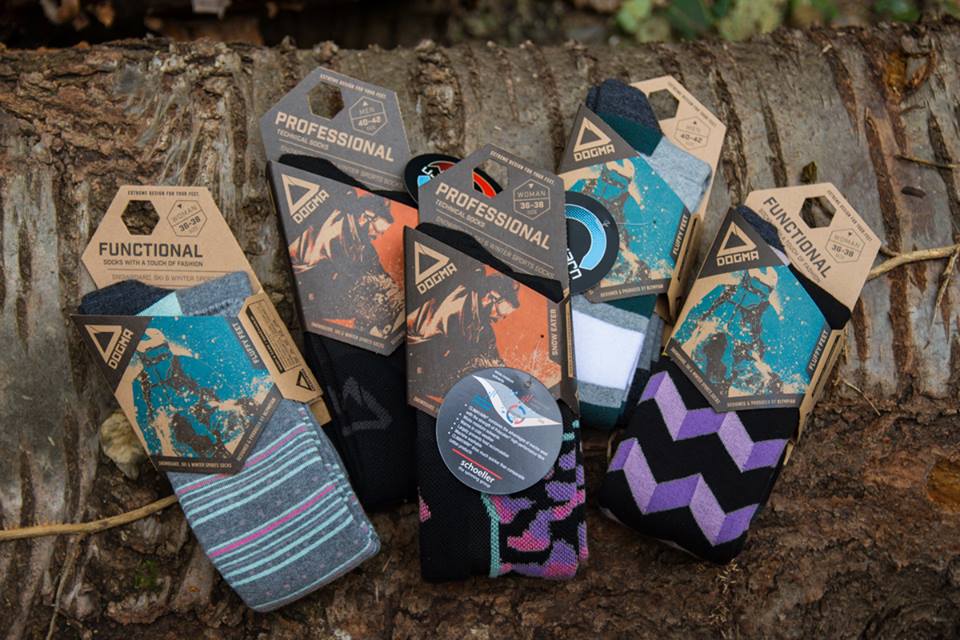
Dogma Socks started as a snowboarding brand, but you are also focusing on some other aspects of the market, working with people from other sports. How is that going so far?
Morena: At first we started with a line of ski and snowboard socks and now we can offer technical socks for runners, hikers, cyclists. There currently several products in these categories according to the athlete’s preferences. There are more categories in the plan but for now, we are trying to focus on offering premium quality and design with some reasonable prices.
So, what is next for you personally, and for your brand?
Morena: I am trying to strengthen the brand in the way that the name Dogma gets recognizable and that it becomes the synonym for quality and design. My plan for the near future is to expand to foreign markets.
One last – there is one thing I was always wondering when it comes to snowboarding. What goes through the rider’s head at the top of the course when he or she is ready to drop in?
Morena: Huh, I never really talked to other snowboarders about it, but I always had this fear just before the start that I will trip and fall like a complete beginner. As soon as I pushed from the gate everything was fine.
Follow Morena Makar:
Facebook: facebook.com/MakarMorena
Twitter: twitter.com/MorenaMakar
Instagram: instagram.com/tetica2014
Follow Dogma Socks:
Website: dogmasocks.com
Facebook: facebook.com/dogmasocks
Instagram: instagram.com/dogmasocks
